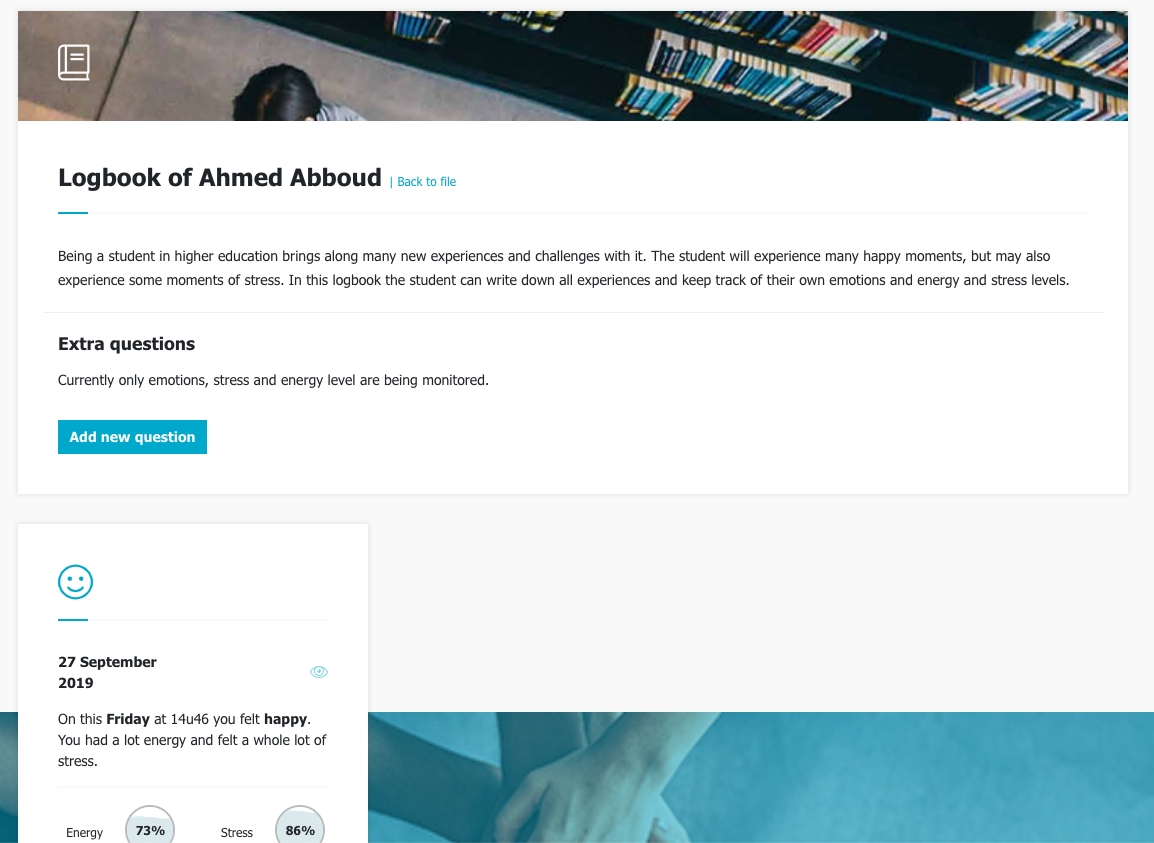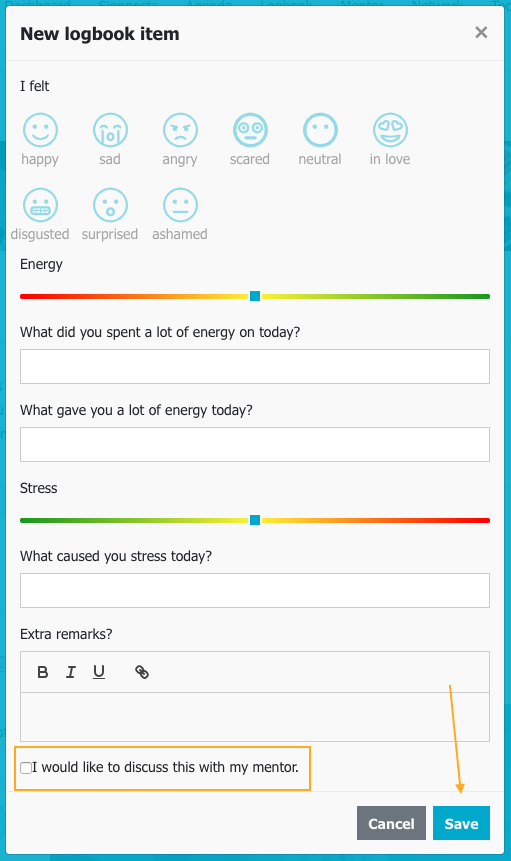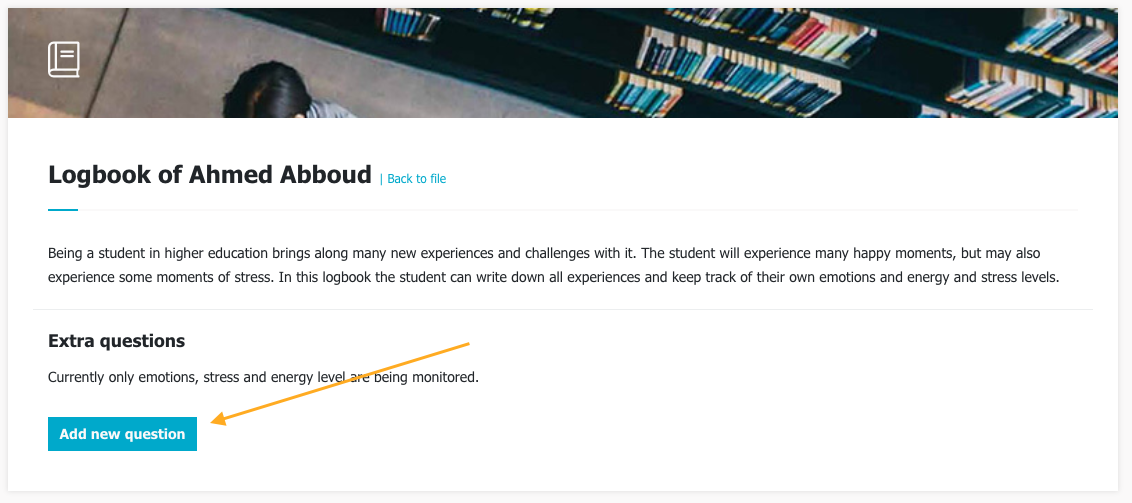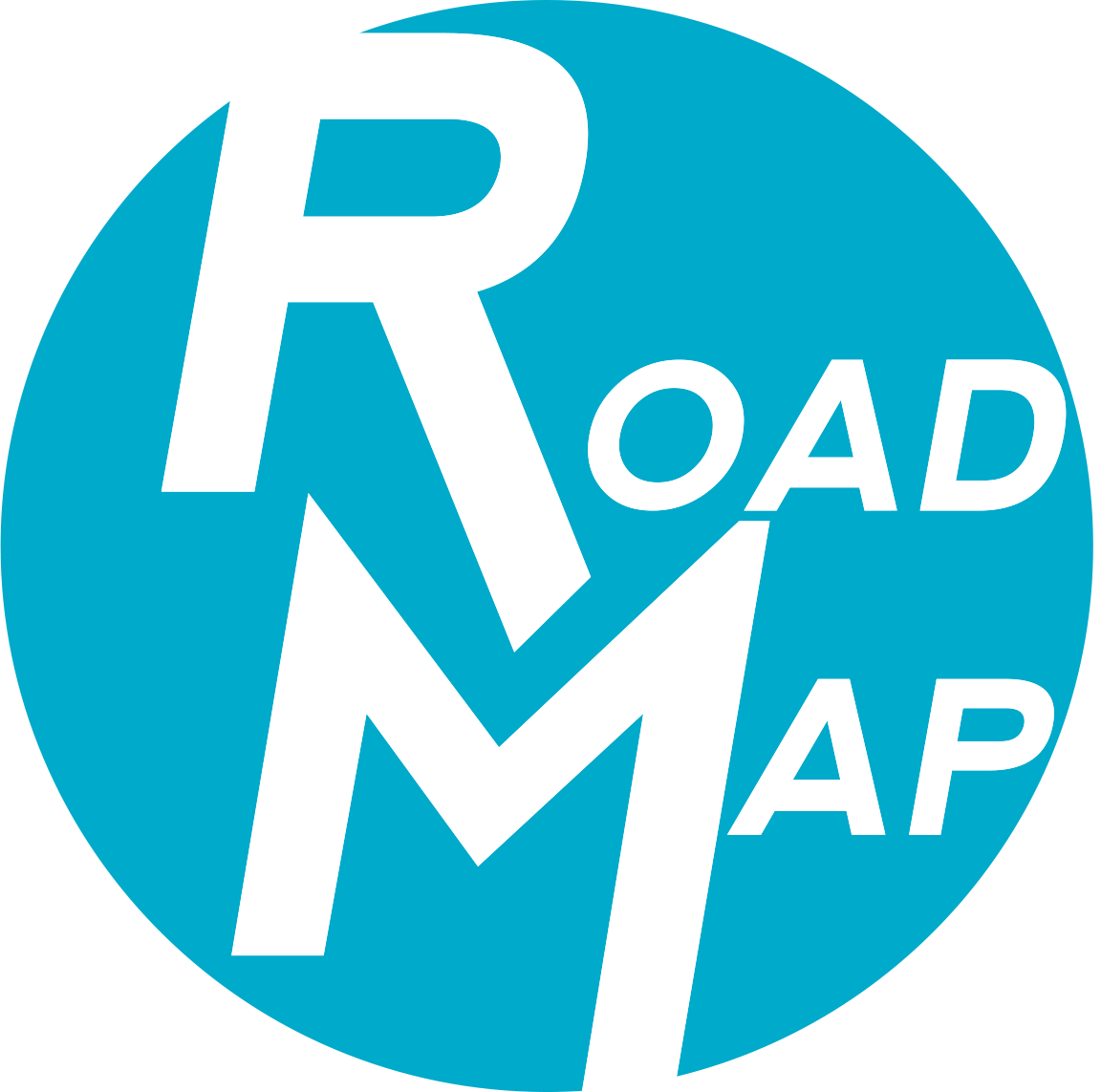The student's logbook
Studying within higher education brings many new impressions. In the logbook, students can write down their experiences and keep track of their emotions, energy and stress levels. The frequency in which the student must complete the logbook is not fixed. The student can fill in the logbook when he or she needs it, the frequency can also vary within certain periods (for example more often during exams, etc.).
On the student's profile you can see how many times your student has written in the logbook in the last 30 days. By clicking on 'view logbook', you can view a short summary of the student's logbookentries, to view more information, open the journal entry.
Please note, you may not be able to see all the details, the student decides for himself which things you can or cannot see as a mentor via Roadmap.
Logbook
Where can I find the data from the student's logbook?
On the student's profile you can see how many times your student has written in the logbook in the last 30 days. By clicking on 'view logbook', you can view a short summary of the student's logbookentries, to view more information, open the journal entry.

Please note, you may not be able to see all the details, the student decides for himself which things you can or cannot see as a mentor via Roadmap.

How should the logbook be completed?
With each logbook entry the student is presented with a number of standard questions. The student
can select an emotion that best matches the emotion he / she feels at that moment and is asked to indicate his / her energy level and stress level using a slider. A brief explanation is also requested. Thestudent has the option to add additional information or comments (check out the Roadmap manual for students Roadmap for more information and working method).
The student is shown the following screen:

How do I use the logbook to mentor a student?
When writing a logbook entry, the student can indicate that he or she wants to discuss the logbook entry with you by checking the "I would like to discuss this with my mentor” option. A blue bar appears above the relevant logbook item of the student. Be sure to include this in the mentoring sessions, it may be difficult for the student to indicate this again.
The student chooses which things you can or cannot view as a mentor. Discuss during the mentoring sessions how you will use the logbook.
How do I add extra questions to a student's logbook?
As a mentor, you can add extra questions to the logbook that are adapted to the current situation and
needs of the student. To do this, go to the student's logbook via his / her student profile on your
dashboard and click on "add new question".

You will then see an extra line in which you can type a question. Then click on the 'save icon' to save the question.

You can edit an added question by clicking on the pencil icon.

Discuss adding additional questions with the student in advance. Make agreements about how often and when the student will fill in the logbook. Keep the number of questions limited and ensure that every question that you add to the logbook is clearly formulated and relevant. Also view "add additional questions to the logbook" on the tips & tricks page of your mentor account on Roadmap.
What are good logbook questions?
As a mentor you can add extra questions to the logbook that are adapted to the current situation and needs of the student. Take the following guidelines, tips & tricks into account.
Don’t ask too many questions | Filling in the logbook cannot become an assignment. Ask a maximum of two to three easy-to-complete extra questions. Avoid overloading the student and do not add extra questions every day.
Purpose| Think carefully about what you want to achieve as a mentor with your question. There are different types of questions, each type of question pursues a different kind of purpose, take this into account.- Lower order questions | These gauge facts and easy to remember answers, for example: What did you eat today? How many hours in class did you have today?
- Higher order questions | These questions stimulate problem solving, they are thinking questions, for example: What can help you to feel better in class?
- Affective questions | These questions monitor attitudes, emotions, etc., for example: how did your group mates react? How did you feel about the reaction of your group members?
- Analysis questions | These investigate why something "was as it was", for example: why did you feel that way during group work?
- You can also check out the classification of questions (King) to get more information on the different kinds of questions.
Clear instructions | Give answer restrictions, describe the purpose of the question. For example, don't ask: "explain," but ask, "give a few reasons that made you feel happy today."
Clear-cut questions | Make sure that no ambiguous interpretation is possible (e.g. words with two meanings, sentence grammar, etc.). For example, do not ask: "Are you planning clear agreements?" But ask: "Are you clearly planning the agreements?".
Single questions | Do not ask two questions at once, for example do not ask: "What did you do and what did you think about it?" But ask "what did you do?" And "what did you think about it?" Separately.
Use simple formulations | Leave out unnecessary details and opt for transparency.
Positive formulations | Ask positive questions and do not use double denials. Do not ask: "Are you never in pain?" But ask: "Are you always in pain?"
Suggestive questions | Do not ask suggestive questions such as: "Don't you like to …".
Hypothetical questions | Try to not ask hypothetical questions, such as: “If... what then?”
Yes / no questions | A question cannot always be answered unambiguously with yes or no. Offer the possibility to provide an explanation (but don’t make it mandatory).
